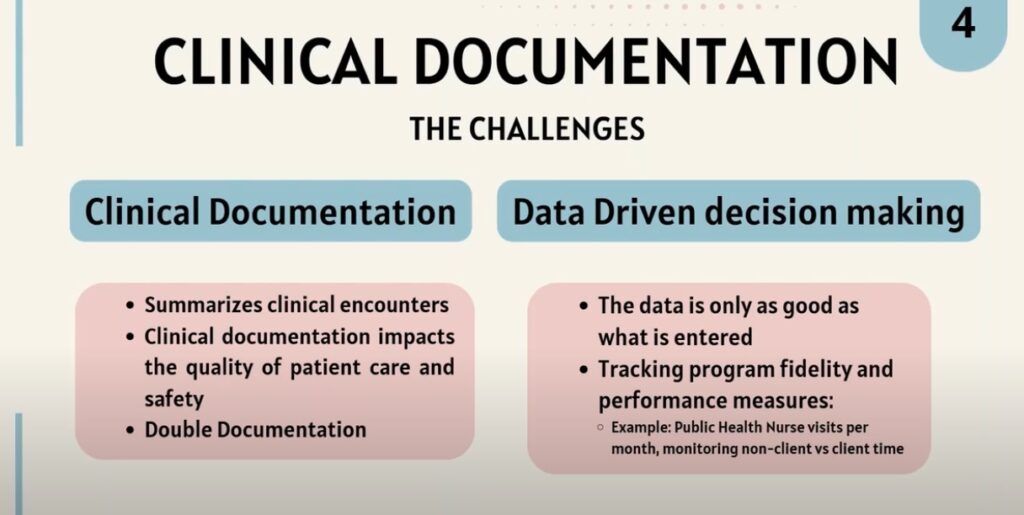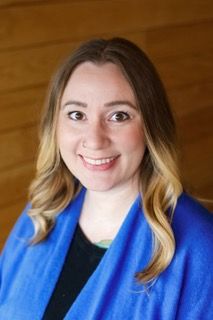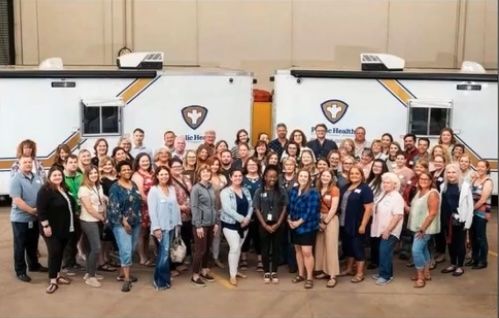Welcome to part 1 of our 3-part blog series exploring the innovative ways St. Louis County, Minnesota, is utilizing the Omaha System to bridge the documentation divide in public health.
In a recent expert webinar hosted by Champ Software titled “Using the Omaha System to Improve Public Health in St. Louis County, Minnesota,” Emily Lian, a seasoned Public Health Nurse and Program Supervisor at St. Louis County, shared their journey of integrating the Omaha System within their diverse and geographically expansive county.
Blog Series and Webinar Objectives
- Part 1: Bridging the Documentation Divide describes the challenges with clinical documentation in Public Health.
- Part 2: Tailoring the Omaha System describes how the Omaha System is utilized in different areas of Public Health.
- Part 3: From Data Entry to Actionable Insights describes opportunities to utilize data collected in the Omaha System to advance Public Health programming. (coming soon)
Join us as we discover how a focus on clear public health documentation and data-driven insights are making a real difference in the health and well-being of their communities.
Part 1: Bridging the Documentation Divide in Public Health
Public health nurses operate in a complex landscape, addressing a far broader spectrum of needs than traditional clinical settings. This often translates to unique challenges in clinical documentation.
In our first post, we’ll explore the hurdles faced by public health professionals in St. Louis County, MN, as highlighted in a recent webinar by expert Emily Lian.
The Challenge of Diverse Documentation Needs
As Emily pointed out, public health documentation often looks “very different” and “much broader” than what is seen in physician practices or clinical-based models. This complexity can lead to significant pain points.
According to a report published in the National Library of Medicine, titled, Navigating data standards in public health: A brief report from a data-standards meeting, “Data standardization is not merely a technicality, but a fundamental cornerstone in the field of public health.”
The Omaha System is a standardized language applicable across many disciplines and is well-suited for use in the public health setting.

The Double Documentation Dilemma
One key challenge Emily addressed is the “requirement for double documentation.” In their home visiting programs, for instance, nurses were tasked with entering data into both their internal Nightingale Notes system (utilizing the Omaha System) and the state-mandated IHVE system for the Minnesota Department of Health. This dual entry not only consumed valuable time but also increased the potential for inconsistencies. The integration between the EHR and IHVE helps, and the ability to document in more depth using the Omaha System makes the double documentation, while painful, worth it.
The “Garbage In, Garbage Out” Reality
Emily emphasized that the value of any data-driven decision-making hinges on the quality of the input. A robust onboarding process and consistent data entry practices become paramount to ensure the reliability of the information used for program improvement and grant reporting.
St. Louis County’s Proactive Approach
Despite these challenges, St. Louis County has proactively sought solutions. Their business services team implemented a system of monthly reminders to ensure timely data entry for grant-funded staff. Furthermore, they’ve developed a new dashboard to streamline this process, demonstrating their commitment to efficient and accurate data collection.
About the Speaker
Emily Lian has been a Public Health Nurse at St. Louis County Public Health in Duluth, Minnesota, for 12 years.
She began her career as a Family Home Visitor, specializing in serving pregnant and parenting teens. She moved into the role of Program Supervisor for the Family Health & Supports south unit almost 3 years ago and oversees a team of nine.
While passionate about prevention and public health, she is an ardent advocate of birth equity issues.
Emily is a mom of 3 and enjoys time with family, friends, and a menagerie of pets.

Stay Tuned for Part 2
In our next post, we dive into the heart of St. Louis County’s solution: the strategic implementation of the Omaha System and the innovative use of “pathways” within their Nightingale Notes electronic health record. We explore how these tools are helping them overcome documentation hurdles and unlock valuable data insights.
See the Omaha System in use within Nightingale Notes by Champ Software.
Reference:
Hufstedler H, Roell Y, Peña A, Krishnan A, Green I, Barbosa-Silva A, Kremer A, Blacketer C, Fortier I, Howard K, LeRoy B, Hafeza E, Baorto D, Swertz M, Maxwell L, Jaenisch T. “Navigating data standards in public health: A brief report from a data-standards meeting.” J Glob Health. 2024 Apr 5;14:03024. doi: 10.7189/jogh.14.03024. PMID: 38577801; PMCID: PMC10995743.

